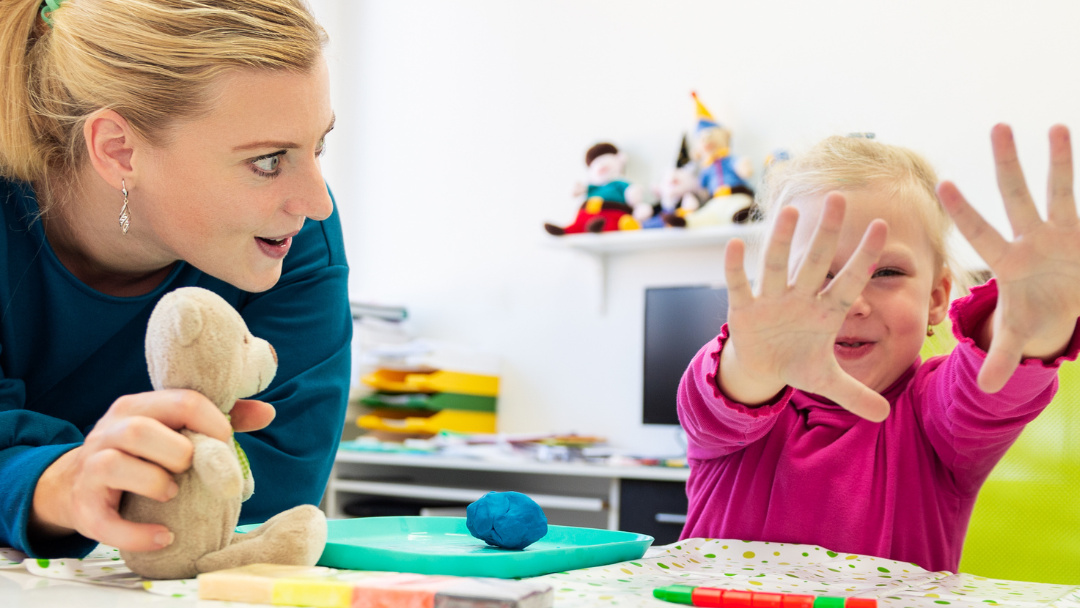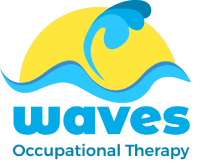If autumn term reviews are around the corner and you are wondering how to capture a child’s motor strengths and needs clearly, the Movement ABC-2 is a good place to start. Parents, SENCOs, and teachers often hear the name, then are left unsure what it really measures or how to use the results for EHCP evidence and day to day support. This guide walks you through what the MABC-2 is, how it is run, what the scores mean, how it differs from other assessments like BOT-2, and how we use it alongside real world information to build targeted plans for PE, handwriting, and everyday skills.

What is the Movement ABC-2?
The Movement Assessment Battery for Children (MABC-2), Second Edition, is a standardised test of motor coordination used internationally to identify and describe movement difficulties. It looks at three areas:
- Manual dexterity, for example threading, peg placement, and timed pencil tasks
- Aiming and catching, for example beanbag throws and ball catches
- Balance, for example static balance on one leg and dynamic balance on a line or board
It is designed to screen for, and help evidence, developmental coordination difficulties often described as dyspraxia or DCD. While it is not a stand-alone diagnostic tool, it maps closely to the motor criteria for DCD when interpreted with history and functional impact. Click here for more information or to contact us.
Who can be assessed, and where?
The MABC-2 covers ages 3 years to 16 years 11 months, divided into three age bands with age-appropriate tasks. It can be delivered in a quiet space at school, in clinic, or at home. The key is a low distraction environment with enough room for throwing and balance activities.
At Waves OT we consider the child’s sensory profile, motivation, and fatigue when planning the session. If a pupil is anxious, we may begin with simpler tasks to build confidence, then return to the trickier items after a movement break.
How long does Movement ABC-2 take to administer?
Most assessments take about 45 to 60 minutes for one child, depending on age, attention, and the need for breaks. Younger children often complete faster, while older pupils may take closer to the hour because tasks are more complex and instructions are longer. If we are combining the MABC-2 with additional handwriting or functional observation, allow 90 minutes to two hours in total.
How are MABC-2 results scored and what do they mean?
Each item is timed or counted, then converted into standard scores and percentiles based on the child’s age. The three component scores combine into a Total Motor score with an associated percentile and descriptive band.
- At or below the 5th percentile suggests significant movement difficulty consistent with DCD concerns when the history also shows functional impact in daily life and there is no better explanation such as neurological injury or visual impairment
- The 6th to 15th percentile indicates the at risk range, where coordination is below expected levels and monitoring or targeted support is recommended
- Above the 15th percentile is typically considered within the expected range
For education planning, percentiles help explain severity clearly. In EHCP contexts we always pair the numbers with functional examples, for instance how balance affects PE warm ups or how manual dexterity influences handwriting, buttons, or cutlery use.
How often can you repeat the Movement ABC?
You can re administer the MABC-2 after a reasonable interval, usually six months or more. Shorter gaps risk practice effects because children remember tasks like threading or balance strategies. For progress reviews and intervention planning, a 6 to 12 month window is typical. If circumstances change substantially, for example injury, illness, or sudden regression, we might reassess sooner but will interpret results cautiously.
MABC-2 versus BOT-2, what is the difference?
Both the MABC-2 and the Bruininks-Oseretsky Test of Motor Proficiency, Second Edition, assess motor skills across fine and gross domains. At a high level:
- MABC-2 focuses on identifying coordination difficulties that align closely with DCD criteria and is sensitive at the lower performance ranges
- BOT-2 has a broader range of subtests and can profile strengths across fine manual control, manual coordination, body coordination, and strength and agility, which can be helpful for sports or higher functioning profiles
For school based decisions about dyspraxia or DCD, the MABC-2 is commonly preferred because cut offs align well with DCD research and clinical practice. If we need a more detailed strength and agility profile, or a measure that spans a wider performance spectrum, BOT-2 can add value. In many cases, the choice depends on the referral question and the child’s tolerance for testing.
How Waves OT uses the MABC-2
Standardised scores are only one part of the picture. At Waves OT we combine MABC-2 findings with:
- Parent and child discussions to understand everyday challenges and where the impact is seen, for example navigating busy corridors, fatigue in PE, or managing fast transitions
- When available, brief classroom or playground observations; however, these are not always conducted, and we rely on detailed history when observation is not feasible
- Caregiver perspectives as the primary source for privately funded assessments; schools may sometimes agree to complete a DCDQ questionnaire to add their view
This blend lets us translate scores into everyday implications and create a practical plan. If handwriting is a key concern, we may add the Detailed Assessment of Speed of Handwriting for a precise measure of speed and legibility; this is offered at an additional cost. Where sensory modulation or postural control looks relevant, we can provide a sensory processing evaluation; this is a separate, chargeable service.
If you are seeking an integrated pathway locally, you can learn more about our detailed assessment of speed of handwriting test in truro, our truro sensory processing evaluation, or our truro ehcp occupational therapy assessments on our site. These links are a helpful starting point if you need to line up assessment before school review dates.

Preparing children and schools for a smooth assessment
A little preparation goes a long way:
- Let the child know it is a series of short movement puzzles and mini challenges, not a pass or fail test
- Wear comfortable clothing and trainers, bring glasses if worn, and any hand supports usually used
- Plan a light snack and water beforehand, avoid sugary spikes that can disrupt attention
- For schools, book a quiet room with a clear floor area, ensure the timetable allows up to 60 minutes plus a short transition
- Share recent reports, teacher comments, and EHCP targets so the therapist can tailor functional observations
- If anxiety is likely, agree a brief movement break plan and a familiar adult to accompany the pupil at the start
Typical next steps after the assessment
You will receive a clear report with:
- Percentiles and descriptive ranges for each component and the Total Motor score
- A summary of observed strengths, challenges, and fatigue patterns (where observation occurs) and the child/parent-reported impact across settings
- Functional implications for lessons, PE, self care, and play
- A targeted intervention plan, for example short daily practice sets for core stability and balance, graded ball skills, and fine motor dexterity
- Reasonable adjustments and environmental supports, such as equipment options, visual scaffolds, and task adaptations
- With parental consent, if a child scores at or below the 5th percentile, we will refer to the community paediatrician to consider a diagnosis and to support DCD discussions; findings also contribute to EHCP needs, outcomes, and provision
We can then agree a time bound motor programme that fits school routines. This might include warm up activities before handwriting, short practice stations during PE, and home carryover ideas that do not require special kit. Review points ensure the plan remains achievable and that gains in skill generalise to real tasks.
Quick answers to common questions
- What is the MABC-2 movement assessment? A standardised test that measures manual dexterity, aiming and catching, and balance to identify coordination difficulties linked to DCD
- How long does it take? Around 45 to 60 minutes, longer if combined with extra observation or handwriting tests
- What percentile suggests DCD concerns? At or below the 5th percentile supports significant difficulty when paired with functional impact and clinical history; 6th to 15th is at risk
- How often can it be repeated? Generally after 6 to 12 months to avoid practice effects, sooner only if there is a strong clinical reason
- What is the difference versus other motor tests? MABC-2 is sensitive for coordination difficulties and DCD alignment; BOT-2 casts a wider net on motor proficiency and can highlight strengths across domains
Bringing it all together
The MABC-2 gives you a reliable snapshot of coordination that translates well to school life and EHCP evidence. On its own, it highlights where movement falls compared to peers. Paired with parent/child history and, when available, functional observation, it becomes a roadmap for focused, achievable progress in PE, handwriting, and everyday independence.
If you would like support arranging a truro motor skills assessment mabc-2 before autumn reviews, our team at Waves OT can help coordinate assessment, reporting, and practical next steps that fit your timetable and the child’s needs.
